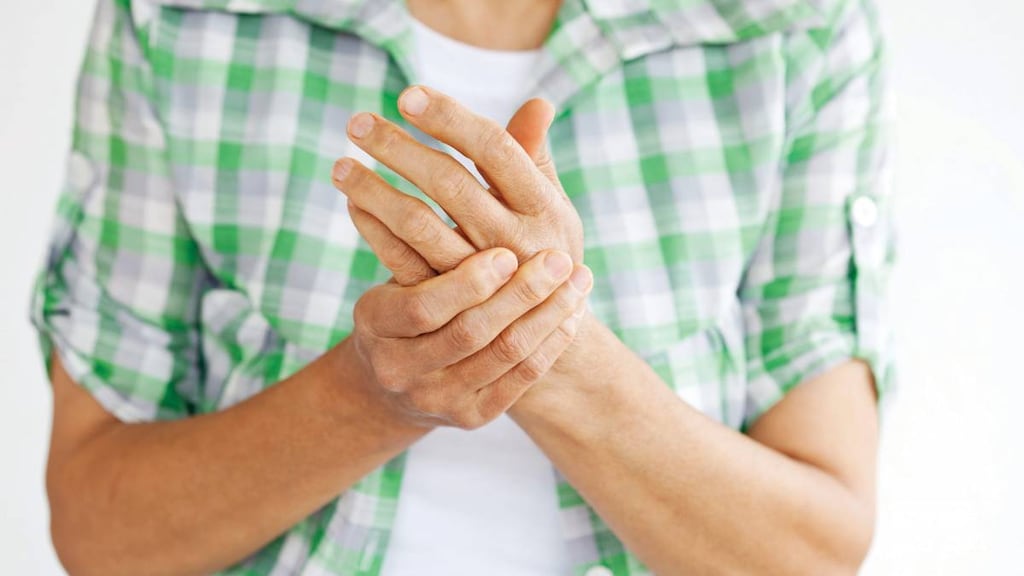
What is osteoarthritis?
Osteoarthritis is a painful condition of the joints that becomes more common with age.
Osteoarthritis most commonly occurs in the hands, knees, hips, and spine.
What causes osteoarthritis?
Osteoarthritis is mostly caused by the breakdown of cartilage in the joints. Cartilage is a firm, rubbery material that covers the end of each bone. It provides a smooth gliding surface for joint motion and acts as a cushion between bones.
Without cartilage, friction between bones can occur and there is a loss of the shock-absorbing capability of the joint. Inflammatory processes increase which further damages the cartilage and more pressure is placed directly onto the bones in a joint. Pressure can cause the growth of bone spurs and bits of bone or cartilage may chip off and float around inside the joint.
Obesity, injuries, and weak muscles can also contribute to osteoarthritis and it is more common in certain families.
What are the symptoms of osteoarthritis?
Symptoms vary depending on how many joints are affected and how severely they are affected.
Symptoms also tend to build up gradually over time rather than come on suddenly and include:
- Pain and stiffness in the affected joints, particularly first thing in the morning or after inactivity. This tends to resolve within about 30 minutes of gentle movement
- Limited range of movement in a joint
- Affected joints may swell after extended activity
- A clicking or a cracking sound when a joint bends
- Pain may also increase after activity or towards the end of the day
Symptoms can differ depending on which joint is affected:
- Knee joints: moving the knee causes a grating or scraping sensation
- Hip joints: Pain may radiate down the inside of the knee or thigh or be felt in the groin or buttock area
- Fingers: Bony growths (spurs) may occur inside the joint causing the joints to become swollen, tender and red
- Inflammatory arthritis of the hand: All day stiffness may be noticed early in the disease
- Feet: Swelling and pain may be felt at the base of the big toe or around the ankles
How is osteoarthritis diagnosed?
Your doctor will perform a physical examination and ask you about your symptoms and whether you have any family members with the condition.
Other tests may include:
- Blood tests to look for inflammatory markers
- Joint aspiration to look for evidence of joint deterioration or crystals
- X-ray of the joint to look for bone changes
- MRI to provide a better image of cartilage changes
Morning stiffness helps to differentiate osteoarthritis from rheumatoid arthritis. With rheumatoid arthritis, joint stiffness may not improve for several hours or it may last throughout the entire day.
How is osteoarthritis treated?
Treatment for osteoarthritis includes lifestyle changes and medications.
All patients with osteoarthritis should be enrolled in an exercise program because physical activity increases blood flow, and joints and muscles are supplied with more oxygen. Swimming, Tai Chi and weight-based exercises are usually suitable for people with osteoarthritis, although a physician should be consulted before starting any exercise program.
Weight loss can lower the risk of pain in weight-bearing joints and orthotics (devices that help to align joints, such as orthotic shoe inserts, splints, or braces) can help with movement. Heat or cold therapy can also relieve joint swelling.
Medications for osteoarthritis may include:
- Acetaminophen
- NSAIDs
- Topical capsaicin
- Duloxetine
- Cortisone injections
- Lubricating injections
Surgery, such as an osteotomy or joint replacement may also be considered.




